Iliotibial Band Injections
IT band stands for the Iliotibial Band which is a band of thick connective tissues that runs along the sides of the hip. The most important role of the IT band is in the movement of the thigh as it connects hip muscles to the tibia of the lower leg. The IT band starts at the iliac crest in the pelvis, tracks down along the outer thigh, crosses the knee joint and connects with the top part of the tibia bone. It is a deep fascia of the body and, like other deep fascia of the body, it is made of regular, thick connective tissues that are very strong and avascular.
What is IT Band Syndrome?
The function of the IT band is to provide stability to the hip and the knee and prevent dislocation of these joints. The IT band can overdevelop and rub against the hip bone or the outer knee every time the knee is bent or the hip is flexed. It is more common in athletes and cyclists. It can lead to IT band tendonitis that is also called IT band syndrome.
Signs and Symptoms of IT Band Tendonitis
Pain in the lateral side of the knee is the most common sign and it is due to the inflammation of the IT band
Stinging sensation in the knee
Popping sound at the knee
Pain in the hip area
Swelling around the knee where the IT band joins the tibia
Pain that improves with rest
Tenderness
Steriod Injections
Steroid injections may provide pain relief for patients who have iliotibial band syndrome. A cortisone injection works by reducing painful inflammation. However, in addition to reducing inflammation, cortisone injections may weaken soft tissues such as tendons and cartilage (particularly in patients receiving multiple injections per year). As a result, these injections are reserved for patients who are still in pain after making an earnest effort with non-invasive treatments, such as resting, participating in physical therapy, and adjusting training habits.
Platelet-Rich Plasma Injections
Platelet rich plasma (PRP) acts to stimulate tissue growth and infiltrate growth factors that promote healing. PRP has increasing evidence in tendinopathy but currently there is no evidence in Iliotibial band friction syndrome (ITBFS). Degeneration is a component of ITBFS so it may be of some use although no definitive statement can be made as to its effectiveness.
PRP therapy is an effective option for the treatment of IT band tendonitis. Research data is available which shows that PRP therapy is an effective and safe treatment option for IT band tendonitis. The most recent research in regenerative medicine shows that PRP therapy has great anti-inflammatory properties as it inhibits Cox-1 and Cox-2 proteins in the inflammatory pathway that leads to pain reduction and increased recovery with minimum to no side effect.
This Treatment is Good For..
-

Knee
-

Hip
